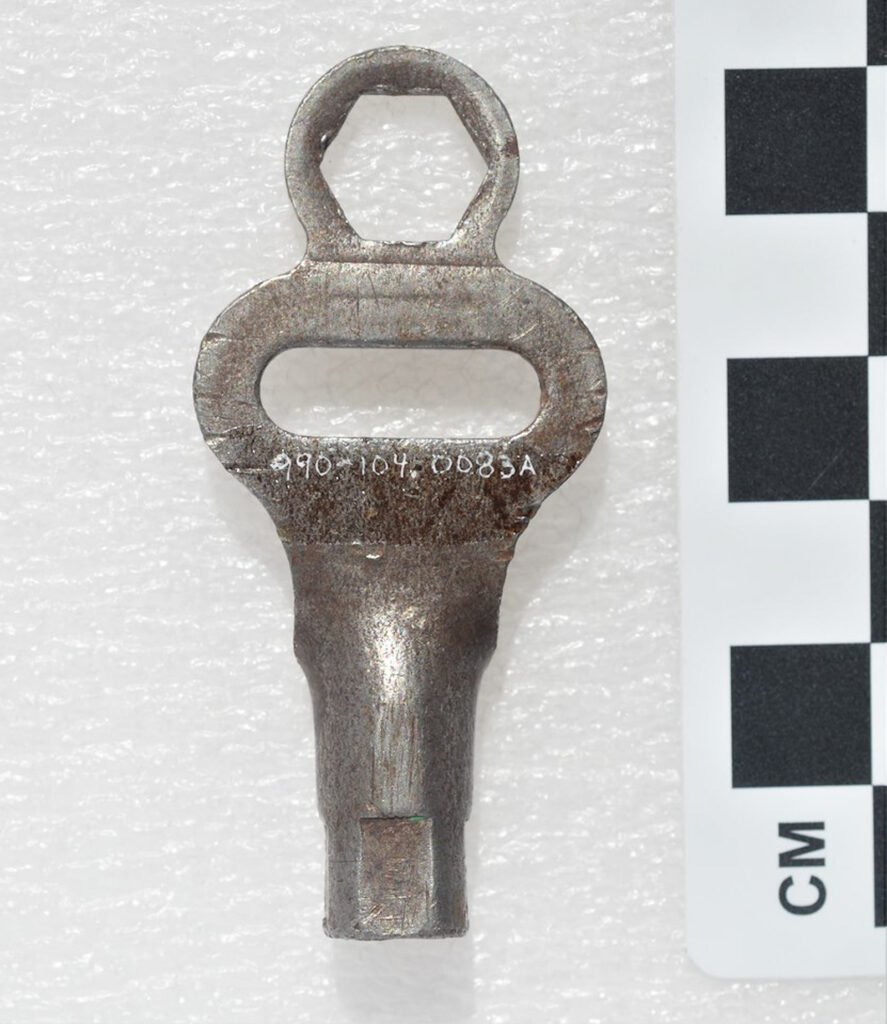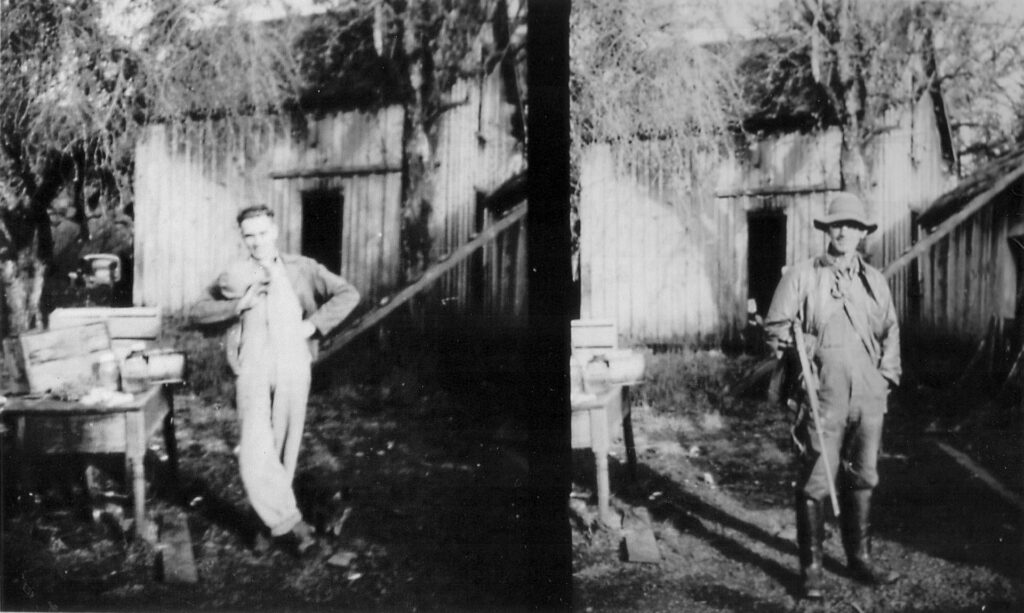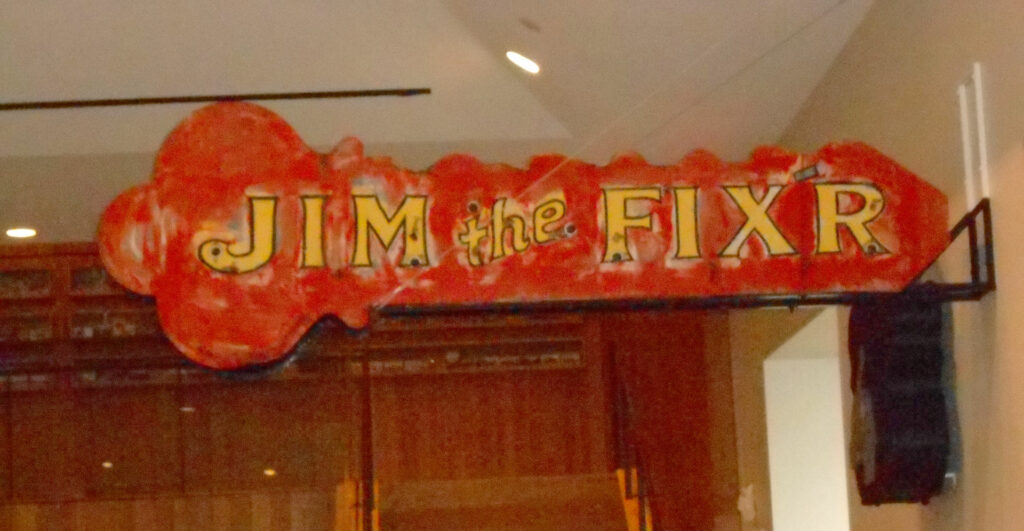As I recently needed new eyeglasses, I was curious about the styles that were popular in the past. The Benton County Historical Society’s collection contains numerous pairs. I was surprised that many of the older eyeglasses had much in common with my new ones.
The eyeglasses in the photograph above have gold tone metal frames and date from the 1860s. The metal frames are similar to my new ones except mine do not have a metal bottom rim. That change was made possible by the development of plastic lens which replaced glass ones in the 1980s. Also, the eyeglasses in the photograph, like most of the older pairs of eyeglasses in the museum’s collection, have straight temples that do not curve around the ear. I wondered if this style of eyeglasses slid off more often but then learned that the small loops at the ends of the temple pieces would have held a ribbon which would be tied around the wearer’s head.

Although this style of thin metal frames is still available, the real change in fashion took place after the development of plastics allowed for more varied colors and shapes in frames. The 1950s saw cats-eye frames decorated in gold, silver, and rhinestones. In my youth I had glasses with blue frames but never ones with such an exaggerated shape as these from the museum’s collection.Now that I’m older, I wear trifocals. The idea of bifocal lenses was invented by Benjamin Franklin. He cut two different lenses in half and inserted them in a frame. The museum’s collection includes on pair of bifocal eyeglasses made in this fashion. Fortunately, modern bifocals and trifocals have a less visible demarcation than that dark line across the middle.




